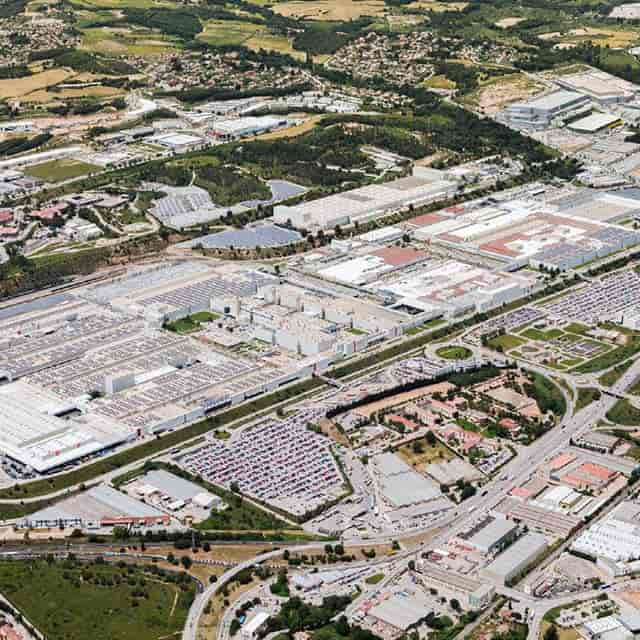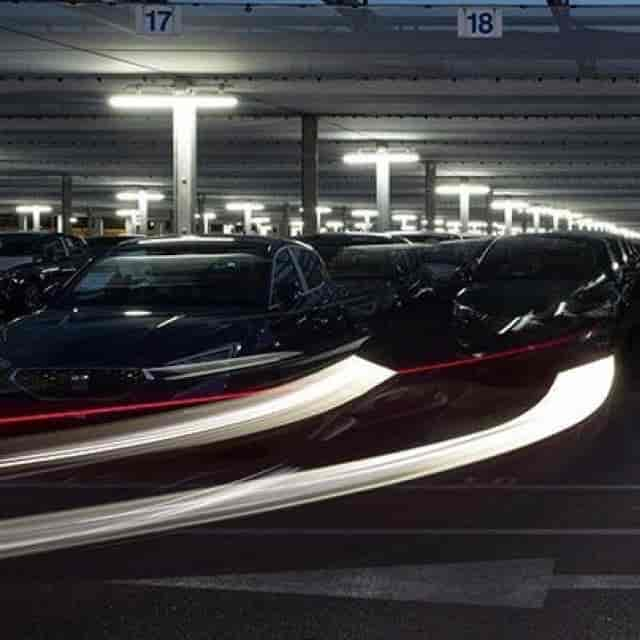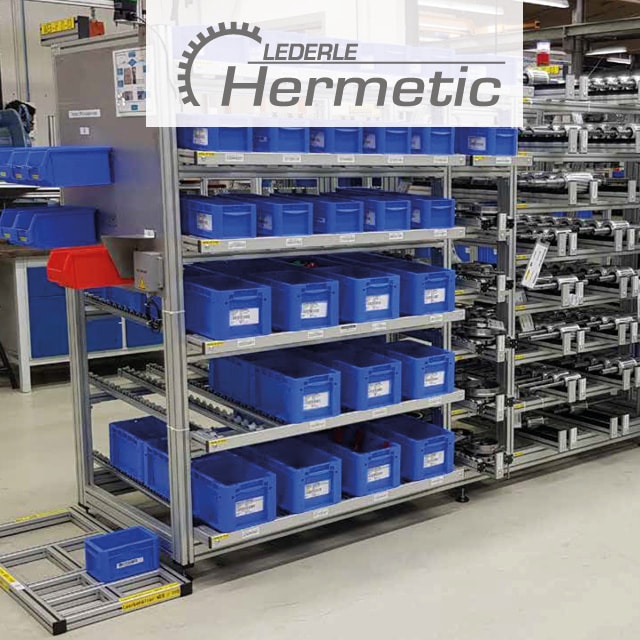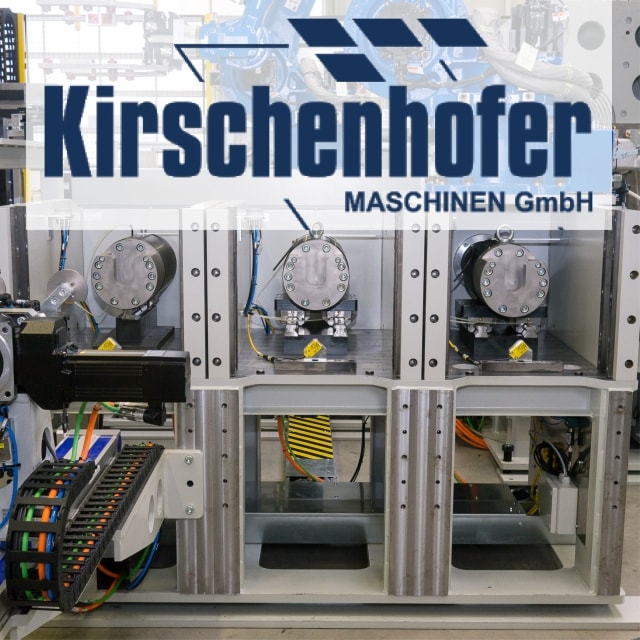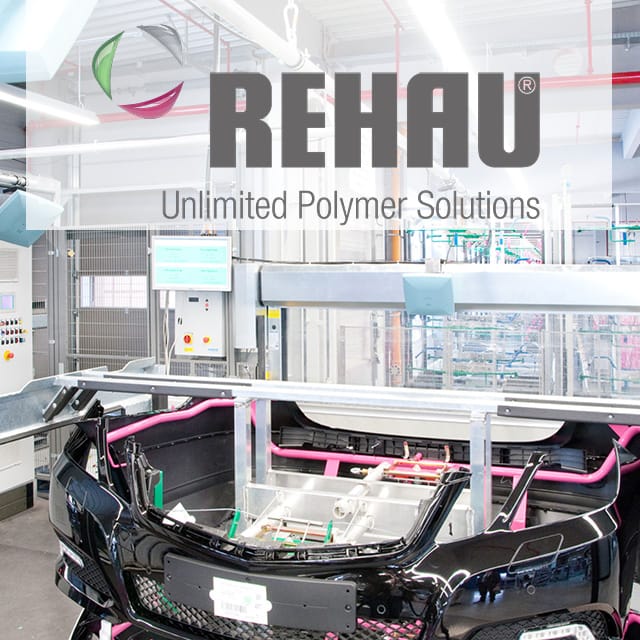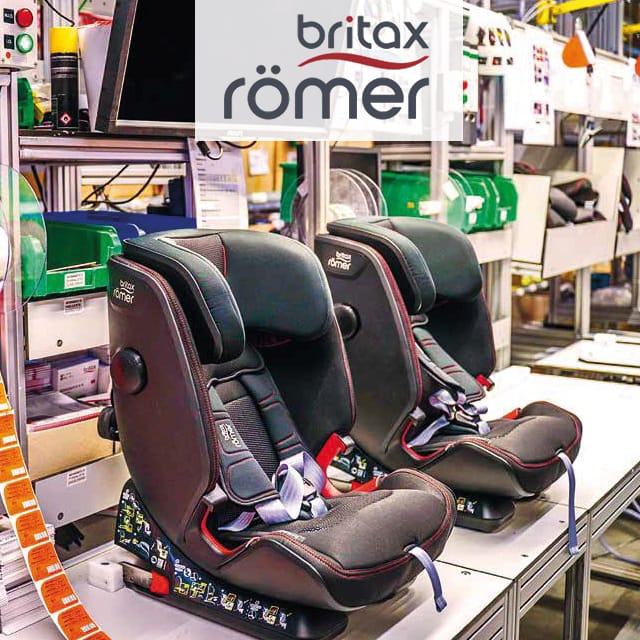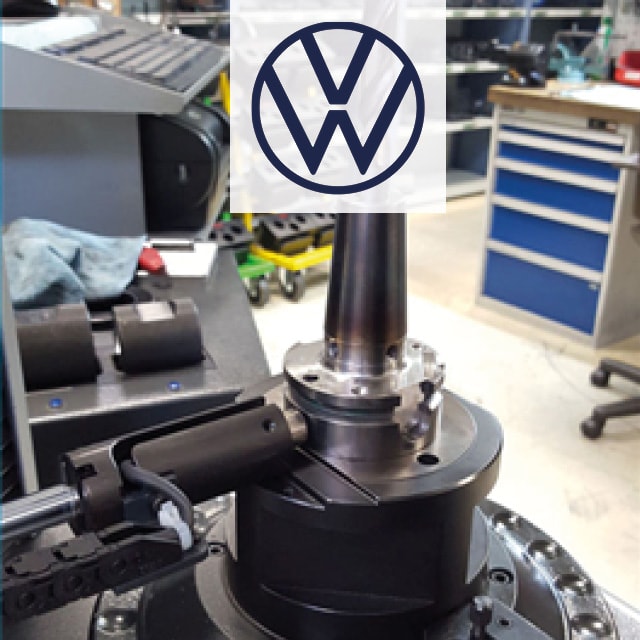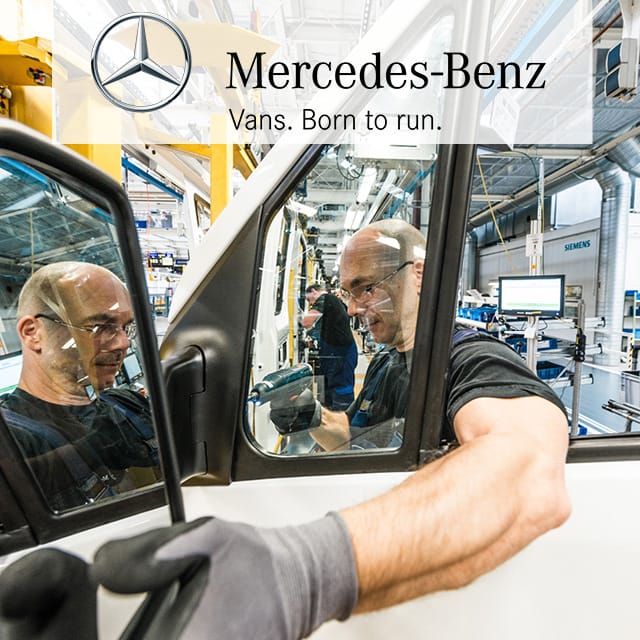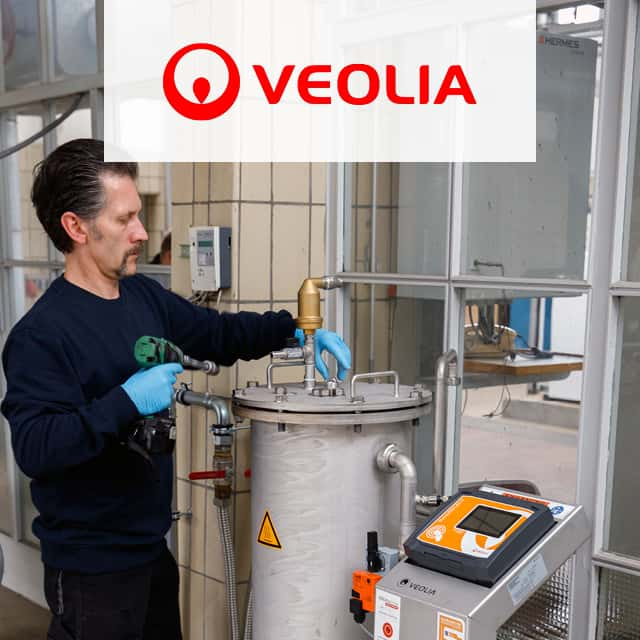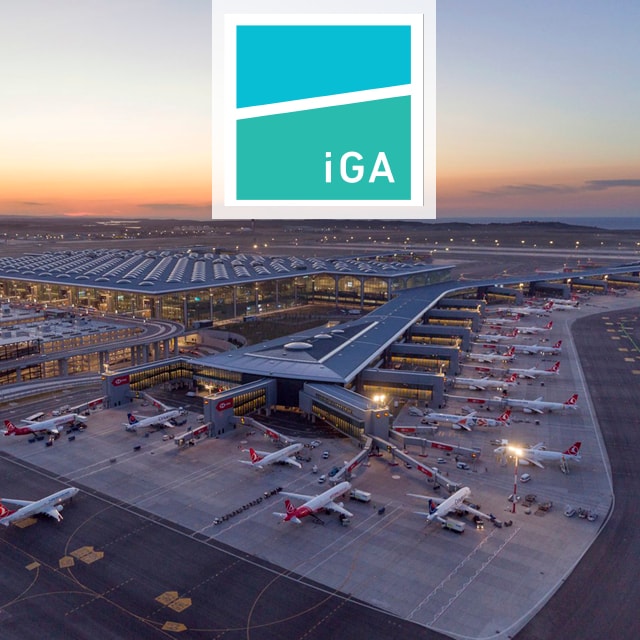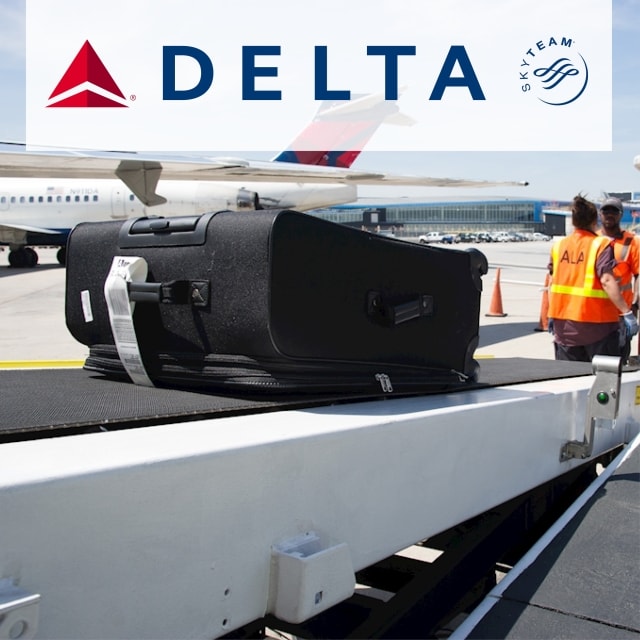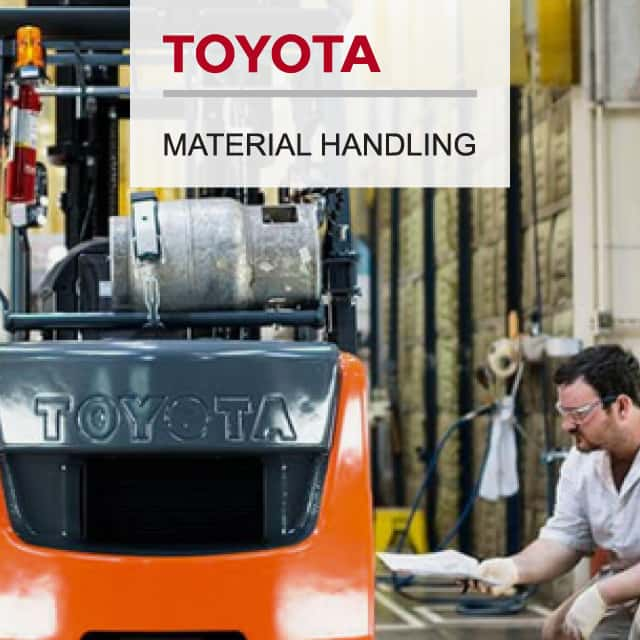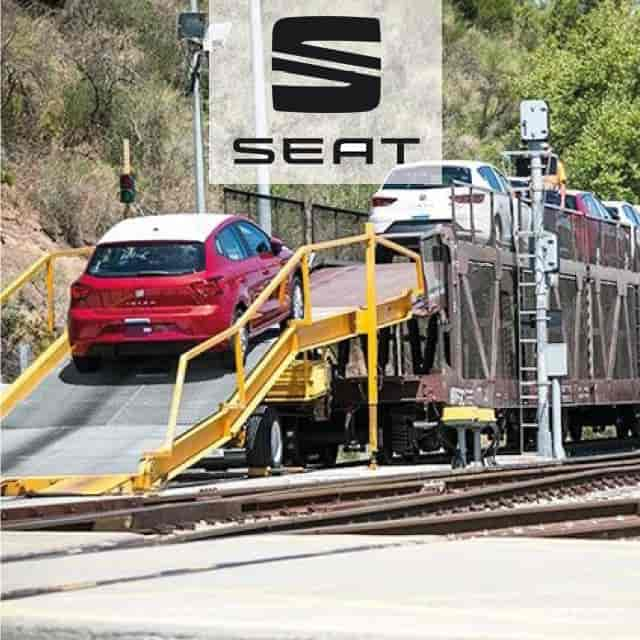
Seat Networks Outbound Logistics of New Vehicles with RFID
Every 40 seconds, a finished car rolls off the production line at Seat's main plant in Martorell, Spain. Employees drive the cars to the logistics areas, where they wait for transport to the customer.
In order to control the distribution processes securely, Seat relies on RFID to register the vehicles on the compound. The RFID application is part of the digitalization of the entire distribution.
The Seat production plant in Martorell covers a total area of more than 2,800,000 square metres. 14,663 employees work in 15 buildings. Around 2,300 units are produced daily at the plant and then delivered to 80 countries by rail, road or sea.
Process Requirements
Employees drive the more than 2,000 cars produced per day to intermediate parking spaces on the logistics areas, where they wait for transport to the customer. As a result, the distribution process is confronted with numerous questions:
- Where is which vehicle located?
- Which logistics company is already on the compound?
- Which cars are currently being loaded?
- How did damage to the vehicles occur and who caused it?
Providing answers without supporting technological solutions is time-consuming, labor-intensive and error-prone.
Objective:
- Accelerate distribution processes
- Reduce damage claims and lower insurance costs
- Make optimum use of parking spaces
- Reduce waiting times for logistics staff
- Integration of all acquisition data in one system
- Paperless distribution
Solution
1. Expansion of RFID reading points on the compound
After an intensive test and proof-of-concept phase since 2011, Seat rolled out a solution with 6 RFID gates on the compound. In 2017 the existing solution was extended to the truck loading area and seven additional RFID reading points were installed. Since then, a total of 13 RFID gates have automatically recorded the movements of the vehicles at strategic points.
2. Licence plate recognition combined with RFID
The integration of camera-based car license plate readers began in 2017 at the access roads to the plant site. In 2018, the solution was extended to the exits. In combination with the RFID system, the registration of car transport trucks is resolved in fine granularity. As soon as a truck is registered, the license plate is automatically integrated into the database.
3. Paperless distribution
Since the introduction of paperless distribution IT, transport documents are sent digitally to drivers and transport companies before they even reach the factory. In the factory itself, the documents can be printed out at self-service stations if required.
4. A new distribution IT system
A completely digitalized data management as well as the sharing of data with suppliers will be a central feature of a distribution IT system that is currently being implemented. It will be possible to process a much larger amount of data from different sources of the automated processes. The gain in clarity creates new options for flexibly responding to what is happening in distribution.
Technology Partner
Hardware & Software
- Kathrein Solutions – UHF RFID Reader & IoT Suite Crosstalk
- Avery Dennison Smartrac – RFID Tags
Advantages
- Efficiency increase in all distribution processes
- Optimized communication with logistics service providers
- Paperless distribution
- Reduced insurance costs for claims settlement on the compound
- Effective parking space occupancy on the compound
Learn More
Questions? Get in contact with the editorial team!
Technologies
Application Fields


